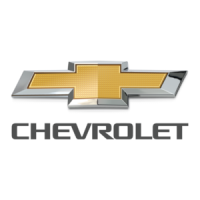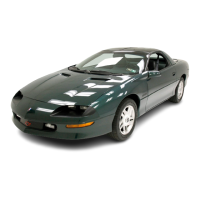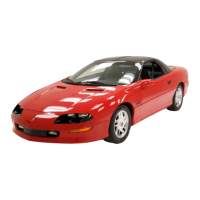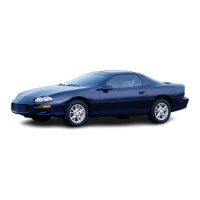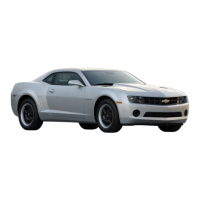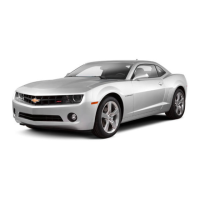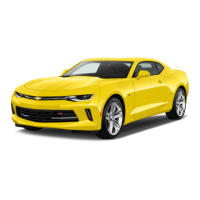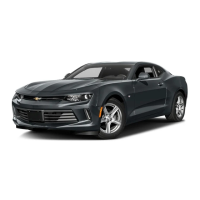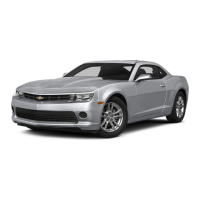\ ,
,:
..
.-'
'
-.'-."
..
"
.......
c·.-:
'"
,
..
__
. '
..
_'-".
'-.'
...
.-~.
..
__
._
On
the
ottleiit)l:ltt$l)t.
Neverconnect
"+
'! (red)
to"-"
(black),or"-"
to"+
n.
•
Next,connect()ne~ofthes~nd
cable to the grounded
negative
••
....
(blacl<)
terminal of the good (charged) battery.
"-emtly,
connect the other $nd.of.the second jumper cable to
a
solid,.·
stationary, metallic point on the engine
of·
the
vehicle with the discharged battery but at a point away from
the battery--18 inches
(450
mm)
or
more from the battery if
'possible. Do not connect
it
to pulleys,
fans,
or other parts
that . move. Beware of touching hot
manifolds which
can
cause severe. burns. (The. MOUNTING
BRACKETS
for the
pelcotroo generator,
.<or
the. air conditioning compressor,
gener~IIYIllaf(ea
gOod
point for this
finatground
attachment.poil'lt.Take.care that the jumper cable does not
contact moving parts on
or
near the generator or
compressor. )
6.
Start the engine on the
v~icle
with the good (charged) battery
~drull
thee~~ineata
mocler.ate
speed.
MakeConnectionsinNu
m
ericalQrder
Do
NOT.Allow
Discharged
Battery
Make
Last
Connectio.non
~ngine.
Away
from
Battery
Battery
in
Vehicle
with
Charged
Battery
7.
Starttheengine of me
Vehicle
ttlat has the discharged battery.
Remove the battery cables
bY
.•.
reversing the above sequence
exa~tly
.•
Start
bye
removing. the last clamp . first; that
is,
remove
. thejl!lllJPercable from the engine of the vehicle with the
discharged battery as the first
step.
ENGINE COOLANT
Your
coo~ng
system may overheat during severe operating
conditions.
This may occur when:
•
c~mbing
a
ioJ,g
hill on a hot day
•
stopping after high speed driving
· · 3 - 3

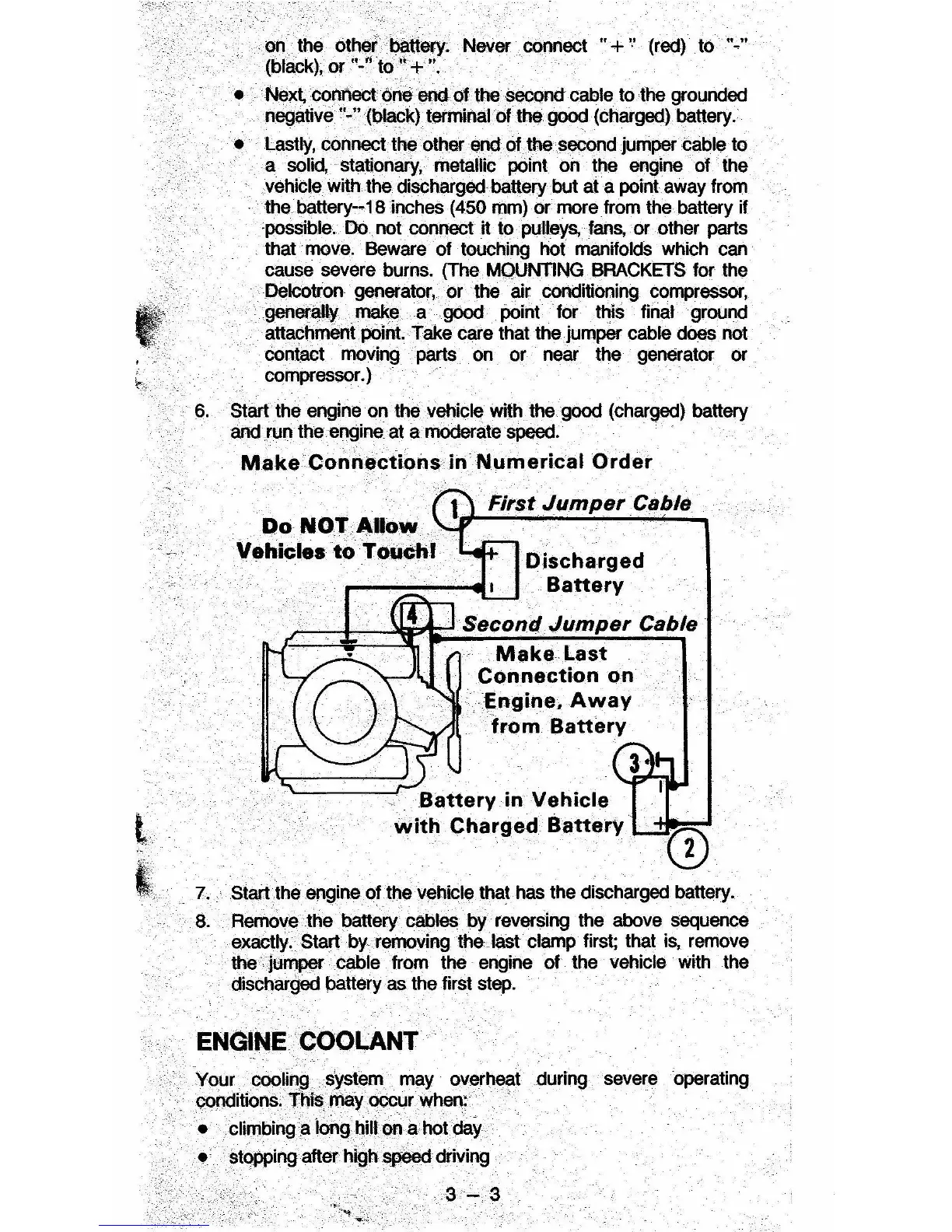